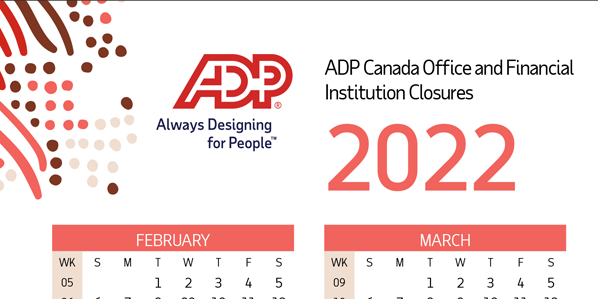by Spark Team
Transparency in the workplace is powerful, and looking at pay transparency strategically can add value for both employees and employers. Here are three factors to consider.
Pay transparency is a terrifying concept for some leaders. They immediately imagine open pay discussions, rioting employees and a variety of chaos. Yet the idea of pay transparency doesn't have to cause fear or concern. Transparency as a business philosophy and approach to compensation can mean different things for different organizations.
There are critical factors that business leaders must understand about compensation transparency and the impact it has on the employee population. Finance leaders in particular must understand three concepts: how pay transparency benefits an organization, how it affects employee morale and how to begin the conversion to a more transparent process.
1. How Pay Transparency Benefits Employers
Employers that are clear about how and why compensation decisions are made are more likely to treat their employees fairly and consistently, creating a more engaging work environment. This is a critical element of equal pay — a challenge in businesses today.
It's important to note that pay transparency is relative. There are employers where all employee salaries are made public and others where absolutely no details of compensation decisions are discussed openly with employees. While culture, industry and geography may play a role in affecting just how open a business can become, the general idea is that greater pay transparency is better for the business and its stakeholders.
2. How Pay Transparency Affects Morale
In The Speed of Trust, Stephen Covey cites a study of more than 12,000 workers that showed high-trust organizations outperformed low-trust organizations by 286 percent of shareholder returns. That trust is the fundamental element that powers an atmosphere of pay transparency. Employers trust employees to use the information appropriately and workers trust their leaders to share relevant and helpful information necessary to performing great work.
On the employee side of the spectrum, there is a clear cry for greater transparency in the workplace, especially when it comes to pay. Anecdotally we know this is true. Consider the last time a decision was made that you didn't agree with but had to obey. How did you feel? Additionally, Entrepreneur notes that a lack of transparency can kill productivity.
3. How to Become More Transparent
The basic elements of a creating healthy view of pay transparency among employees are fairly simple. It starts with having a clear and standard process that employees understand. Ensure your organization publicizes pay ranges to employees and then regularly communicate with employees to gather feedback about their perception of how fair your pay practices are. The goal isn't to make pay transparency more process-like or burdensome. Instead, it's to create a set of guidelines that help employers filter decisions in a way that encourages greater pay transparency in a series of concrete ways.
By creating an environment that's more transparent, finance leaders can help not only with the core issue of pay transparency, but with greater issues within the business as well. Employers will likely reap the benefits of a workplace built on trust and mutual value.
Learn more
ADP Workforce Now® Essential Learning provides a seamless way to administer training and development courses across an organization. With pre-packaged courses, instructor-led training capabilities, easy-to-use course administration and assignment, and more - organizations are well-equipped with what they need to deploy their learning system. As part of an all-in-one HR suite, Essential Learning provides an easier way for organizations to manage and develop their workforce.
Launch this podcast anytime: Creating a Diverse, Equitable and Inclusive Workplace: Exploring today’s best-in-class DEI strategies and practices. In this episode listen in as Cathy Gallagher-Louisy, Principal, CGL Consulting provides real-life examples of best-in-class diversity practices and the tools to leave you with the beginnings of your new diversity program.
This article originally appeared on SPARK Powered by ADP.


